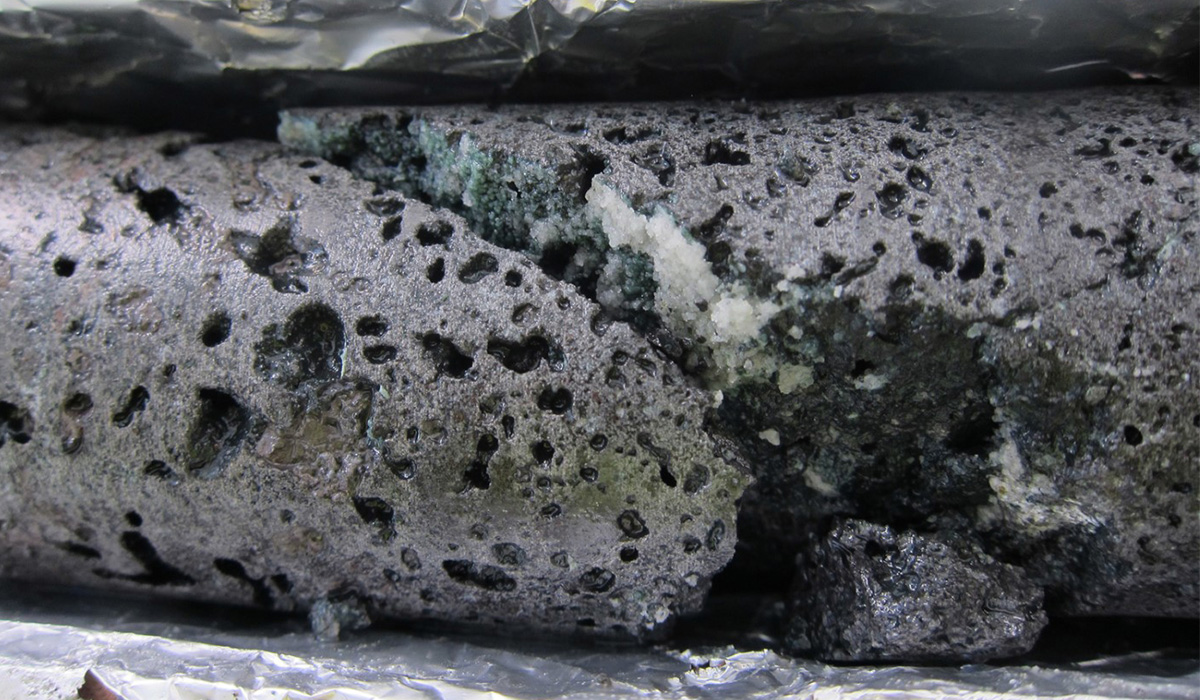While curtailing emissions is an integral part of the energy transition, removing the carbon already in the atmosphere is just as important to keeping our climate cool. Here are three exciting new ways of capturing, storing and reusing CO2 that could have a major, positive impact on our future.
- Three different companies — Climeworks, Carbfix and ON Power — are combining their respective areas of expertise to build a brand new type of plant for carbon storage and removal:
- Based in Iceland, Climeworks will install their direct air-capture technology in the Hellisheidi plant, which is owned by On Power and run entirely on geothermal energy. The carbon removal process will, therefore, be powered by a completely renewable source.
- Once the carbon is extracted, Carbfix will send it underground and convert it to stone, safely storing the otherwise harmful emissions for millions of years.
- The plant, which recently received funding from the European Union’s Horizon 2020 research and innovation project, aims to remove 4,000 tons of carbon dioxide from the air every year — a considerable scale-up in the carbon removal industry.
- Researchers at the University of California Berkeley, Lawrence Berkeley National Laboratory and ExxonMobil have found a new technique that makes carbon capture both more efficient and less expensive:
- The researchers’ technique uses a material called metal-organic framework, or MOF, a very porous substance chemically modified to absorb carbon. Once captured, the carbon is flushed out of the MOF via low-temperature steam, and placed in an underground storage space.
- When tested, this process proved itself to have six times the capacity to extract carbon compared to other current technologies, and was able to capture over 90% of emissions.
- The steam stripping process is also capable of restoring the MOF, so it can be used repeatedly — making this technique particularly energy efficient and cost effective.
- For the moment, however, demand for captured CO2 is low, and most of the captured emissions would be sequestered underground, remaining unused. Because of this, scaling up such technology will require government incentives.
- Meanwhile, a team from Australia's RMIT University has figured out a cost-effective way to produce hydrogen from an abundant source: human excrement.
- Up until now, the biogas from decomposing sewage can be burned as a renewable fuel, but not a clean one in terms of emissions. But the RMIT team instead proposes a method by which human excrement is converted into a carbon-rich type of charcoal.
- This “biochar” contains enough heavy metal particles to work as an ideal catalyst, through which methane-rich biogas can be split into carbon and hydrogen. - In order to split the hydrogen out while turning the carbon into biochar, the team has designed a high-temperature pyrolysis reactor with unprecedented heat and mass integration in a mobile and cost-effective package.
- While the reactor is already energy efficient, further integration could turn biosolids and biogas conversion into a process that actually produces energy instead of consuming it.
- The process produces clean H2 gas, and also captures all the carbon in human poop and puts it to valuable use. If applied correctly, it could lead to a completely emissions-neutral wastewater sector.
- Captured carbon isn’t just capable of being stored, but reused in sustainable ways. Engineers in Australia recently found a promising way to recycle extracted CO2 into synthetic materials:
- A team at the School Of Chemical Engineering at the University of New South Wales was able to convert captured carbon into lego-like chemical blocks that can be transformed into syngas, a gas used to create fuels and plastics.
- As syngas is usually created through natural gas, using recycled C02 would alleviate both the emissions and the cost of the production process.
- While the product isn’t yet ready to be scaled up, researchers are already able to turn carbon into these chemical blocks in 10 minutes, another encouraging sign of the potential gains in efficiency this process could bring.

